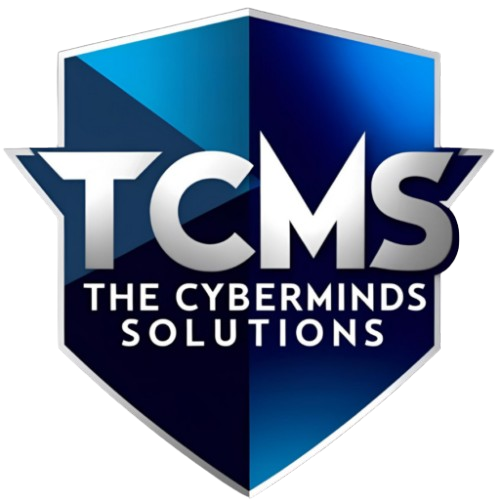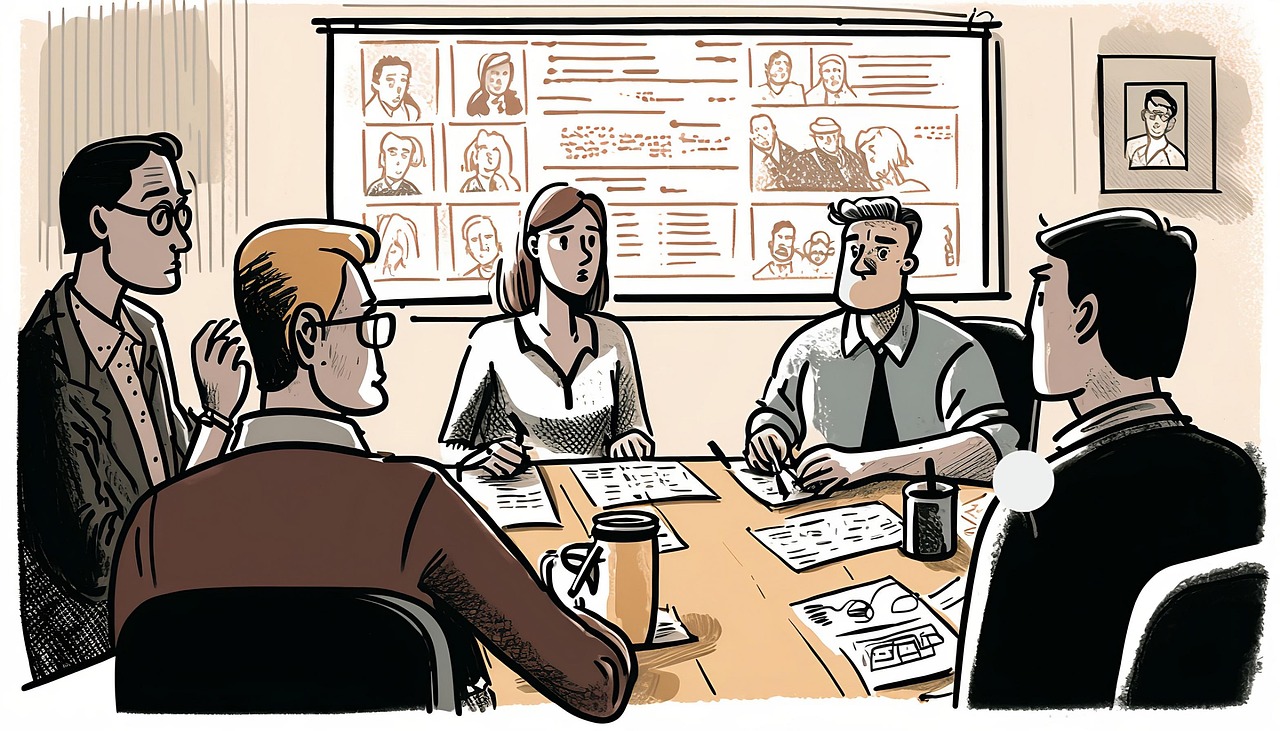At The CyberMinds IT Solutions, we understand the challenges businesses face when it comes to scaling their workforce. Staff augmentation, at its core, involves strategically adding external talent to your existing team on a temporary basis. These professionals work alongside your in-house employees, contributing their expertise to specific projects or roles for a defined period. This approach offers numerous benefits, allowing you to adapt to changing demands without the long-term commitments and overhead associated with permanent hires.
But how do you effectively leverage staff augmentation to achieve efficient team scaling? Here’s a practical guide to help you navigate the process:
1. Clearly Define Your Needs:
Before you even begin looking for augmented staff, it’s crucial to have a crystal-clear understanding of your requirements. Ask yourself:
- What specific skills or expertise are you lacking in your current team? Be precise. Instead of saying “we need a developer,” specify the programming languages, frameworks, and experience level required (e.g., “Senior Full-Stack Developer with expertise in React and Node.js”).
- What is the scope and duration of the project or the need? Is it a short-term project with a defined end date, or an ongoing need for a specific role? Understanding the timeline will help you determine the appropriate engagement model.
- What are the key responsibilities and deliverables for the augmented team member? Define their role within the existing team structure and what you expect them to achieve.
- What is your budget for this engagement? Having a clear budget will help you narrow down your options and find a solution that aligns with your financial constraints.
2. Choose the Right Staff Augmentation Partner:
Selecting the right staff augmentation provider is paramount to the success of your scaling efforts. Consider the following factors when making your decision:
- Experience and Expertise: Look for a partner with a proven track record in providing staff augmentation services, particularly within your industry or for the specific skills you require.
- Talent Pool: Inquire about the size and quality of their talent pool. Do they have access to professionals with the specific skills and experience you need?
- Communication and Transparency: Choose a partner who communicates clearly, is responsive to your needs, and maintains transparency throughout the engagement process.
- Cultural Fit: While not always the primary concern, consider whether the partner understands your company culture and can provide professionals who will integrate well with your existing team.
- Flexibility and Scalability: Ensure the partner can adapt to your evolving needs and provide additional resources if required.
- Legal and Compliance: Verify that the partner adheres to all relevant legal and compliance regulations.
3. Seamless Integration is Key:
Once you’ve selected your augmented staff, the next crucial step is to ensure their seamless integration into your existing team. This involves:
- Clear Onboarding Process: Provide the augmented team member with the necessary information about your company, team structure, project goals, and tools.
- Defining Roles and Responsibilities: Clearly outline their role within the team and how their work contributes to the overall project objectives.
- Establishing Communication Channels: Ensure they have access to the appropriate communication tools and understand how to connect with other team members.
- Providing Necessary Resources: Equip them with the hardware, software, and access they need to perform their tasks effectively.
- Fostering Collaboration: Encourage interaction and collaboration between the augmented staff and your in-house team members through regular meetings, shared workspaces (virtual or physical), and team-building activities.
4. Effective Management and Communication:
Managing augmented staff requires clear communication and well-defined processes. Remember that these professionals, while external, are an integral part of your team during their engagement.
- Regular Check-ins: Schedule regular meetings to discuss progress, address any challenges, and provide feedback.
- Clear Expectations: Ensure that performance expectations are clearly communicated and understood.
- Performance Monitoring: Implement mechanisms to track progress and evaluate the performance of the augmented team member.
- Open Communication: Encourage open and honest communication to address any issues promptly and maintain a positive working relationship.
5. Best Practices for Long-Term Success:
To maximize the benefits of staff augmentation, consider these best practices:
- Treat Augmented Staff as Part of Your Team: Foster a sense of belonging and ensure they feel valued for their contributions.
- Invest in Knowledge Transfer: If the augmented staff are working on critical projects, ensure there’s a plan for knowledge transfer to your in-house team before their engagement ends.
- Maintain Flexibility: Be prepared to adjust the engagement based on evolving project needs.
- Provide Constructive Feedback: Offer regular feedback to help the augmented staff improve their performance and contribute effectively.
- Build Strong Relationships with Your Partner: Maintain open communication and a collaborative approach with your staff augmentation provider.
Conclusion:
Staff augmentation offers a powerful and efficient way to scale your team and access specialized skills without the complexities of traditional hiring. By carefully defining your needs, choosing the right partner, ensuring seamless integration, and implementing effective management practices, you can leverage this strategy to achieve your business objectives and stay ahead in today’s competitive market.
At The CyberMinds IT Solutions, we are committed to providing top-tier staff augmentation services tailored to your specific needs. Contact us today to learn how we can help you scale your team efficiently and achieve your business goals.

